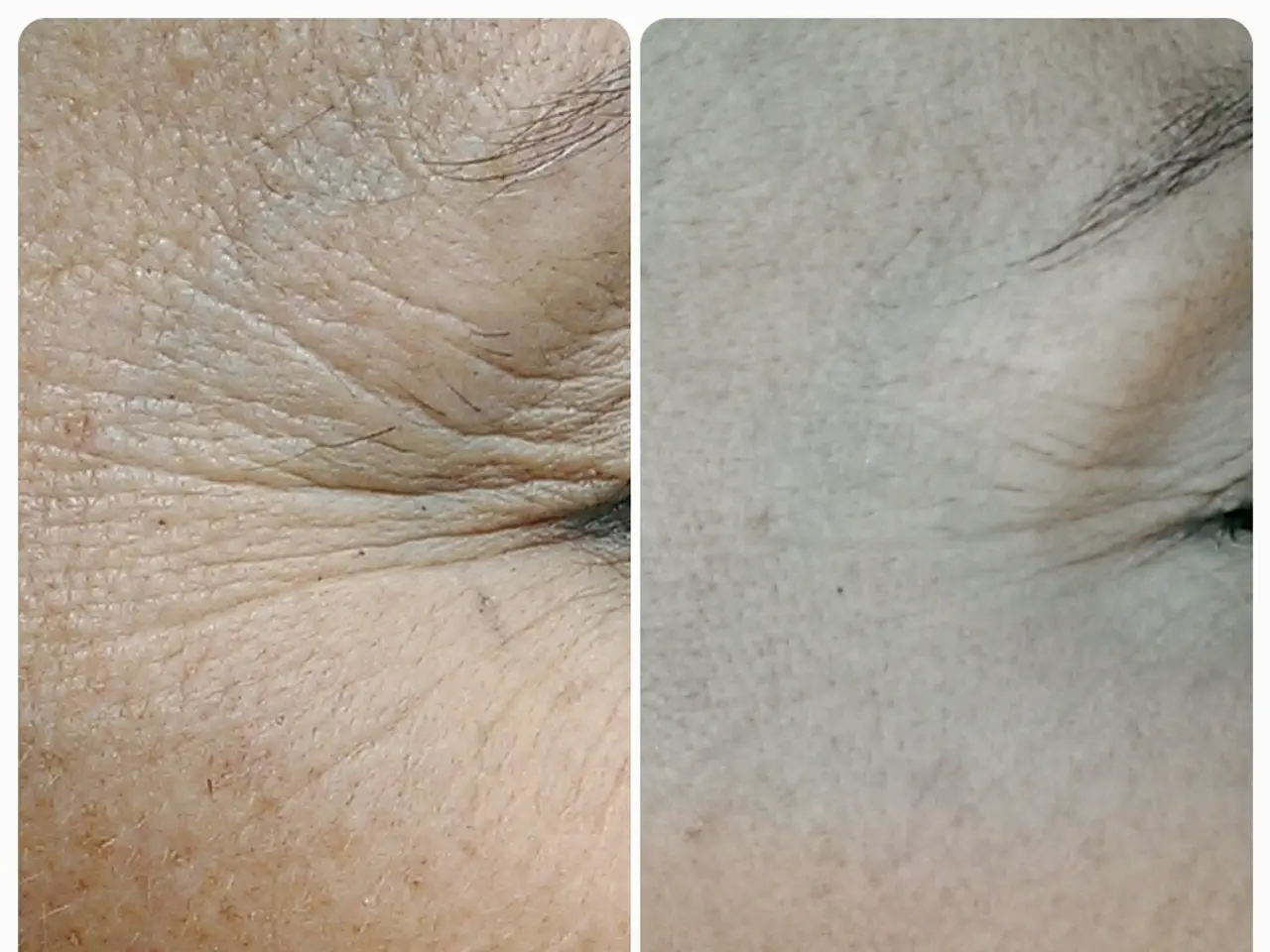Senior Redness on Feet: An Explanation
In the golden years of life, maintaining foot health becomes increasingly important for elderly individuals. Common causes of red feet in this demographic include poor circulation, infections, and diabetic neuropathy, among others. Here's an overview based on these factors and preventive measures:
### Common Causes
1. **Poor Circulation** - Conditions such as Peripheral Artery Disease (PAD) reduce blood flow to the legs and feet, causing discoloration, pain, and numbness. PAD is especially common in people over 50 with diabetes and can cause symptoms like red or discolored toes, coldness, and slow-healing sores. - Edema, or swelling caused by fluid buildup, can also occur due to aging, heart problems, or kidney disease. This swelling may lead to redness and discomfort in the feet. - Cold exposure and vascular issues like Raynaud’s disease can cause redness due to fluctuations in blood vessel constriction and dilation, especially in toes and feet.
2. **Infections** - Skin infections or conditions like chilblains (caused by cold exposure) can lead to red, swollen, and painful feet. Bacterial infections, like cellulitis, can also cause redness, swelling, and pain in the feet, and can escalate quickly if left untreated.
3. **Diabetic Neuropathy and Related Complications** - Diabetes often causes nerve damage and poor circulation in the feet, increasing the risk of swelling, redness, infections, and slow healing wounds. Diabetic neuropathy impairs sensation, making injuries more likely and harder to detect early, which can worsen redness and swelling. - Diabetic foot complications may include redness from infections, ulcers, or inflammation due to poor blood flow and nerve damage.
### Preventive Measures
- **Improve Circulation** - Regular physical activity and leg exercises stimulate blood flow. - Elevate feet periodically to reduce swelling and enhance venous return. - Use compression stockings if recommended by a healthcare provider to prevent fluid buildup and support circulation.
- **Manage Underlying Conditions** - Control blood sugar tightly in diabetes to reduce nerve damage and vascular complications. - Treat anemia or vitamin deficiencies (such as B-12 deficiency) that may impair circulation and nerve function.
- **Protect Against Cold Exposure** - Keep feet warm and avoid sudden temperature changes to prevent chilblains or Raynaud’s attacks. - Wear appropriate footwear and socks in cold environments to stabilize foot temperature.
- **Prevent and Treat Infections Promptly** - Maintain good foot hygiene, inspect feet daily for wounds or redness, especially important for people with diabetic neuropathy. - Seek medical care for any signs of infection (redness, swelling, pain) to avoid complications.
- **Regular Medical Follow-up** - For elderly individuals, particularly those with diabetes or cardiovascular diseases, regular foot examinations by healthcare professionals can detect early signs of circulation problems, infections, or neuropathy, allowing timely intervention.
By addressing circulatory health, protecting against infections and cold, and managing chronic conditions like diabetes, red feet and associated complications in elderly individuals can often be prevented or minimized effectively.
Caregivers play a crucial role in supporting elderly individuals in maintaining their foot health. They can offer companionship and support, ensuring that seniors feel comfortable and at ease, which can make a big difference when it comes to managing pain or discomfort. Caregivers can help with regular foot inspections, washing and drying, and applying creams or ointments to keep the skin healthy. They can also encourage gentle exercises or walks to improve circulation and reduce swelling, while making sure seniors are safe and comfortable during these activities.
In addition, caregivers can assist with managing diabetes and other health conditions by scheduling doctor's appointments, providing transportation, and offering medication reminders. By working together, caregivers and seniors can maintain healthy, active, and comfortable feet.
- Science has made advancements in creating medication reminders for individuals with chronic diseases like diabetes to help manage their blood sugar levels.
- Home care services often include health monitoring and therapies and treatments for seniors dealing with respiratory conditions such as asthma or COPD.
- Digestive health can be affected by various medical-conditions, including autoimmune disorders and cancer, requiring close attention and medical intervention.
- Eye-health is crucial in detecting early signs of neurological-disorders like glaucoma, making regular eye examinations essential.
- Hearing loss is a common issue that affects one's mental-health, including the ability to communicate and maintain relationships.
- Health-and-wellness programs are frequently implemented in the workplace to address men's health concerns, such as prostate health, and to promote overall well-being.
- Skin-conditions, like psoriasis, can develop due to a combination of genetics, immune response, and environmental factors, requiring proper treatments and care.
- Mental-health issues, such as depression, anxiety, and dementia, are prevalent among the elderly and require professional intervention and support.
- Womens-health encompasses various aspects, from reproductive health to menopause, and requires routine healthcare attention and education.
- Parenting includes ensuring proper nutrition and hygiene for children, which includes eye-health (routine eye exams) and dental care.
- Cardiovascular-health is essential for maintaining a healthy lifestyle, and as people age, it becomes crucial to monitor risk factors like high blood pressure and high cholesterol.
- Government healthcare programs like Medicare provide coverage for senior citizens, ensuring they have access to various health services, including therapies and treatments for weather-related skin-conditions such as frostbite.




